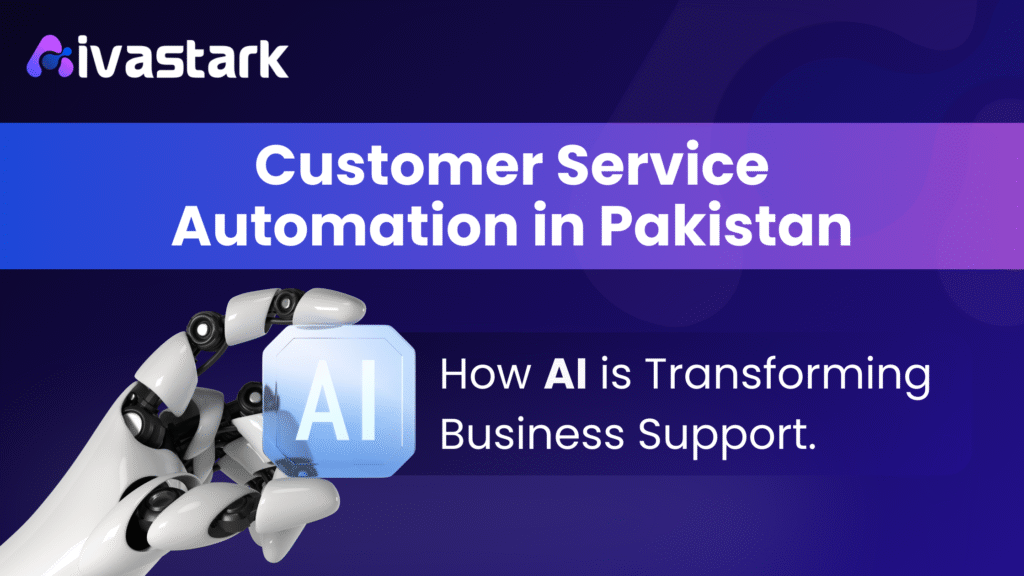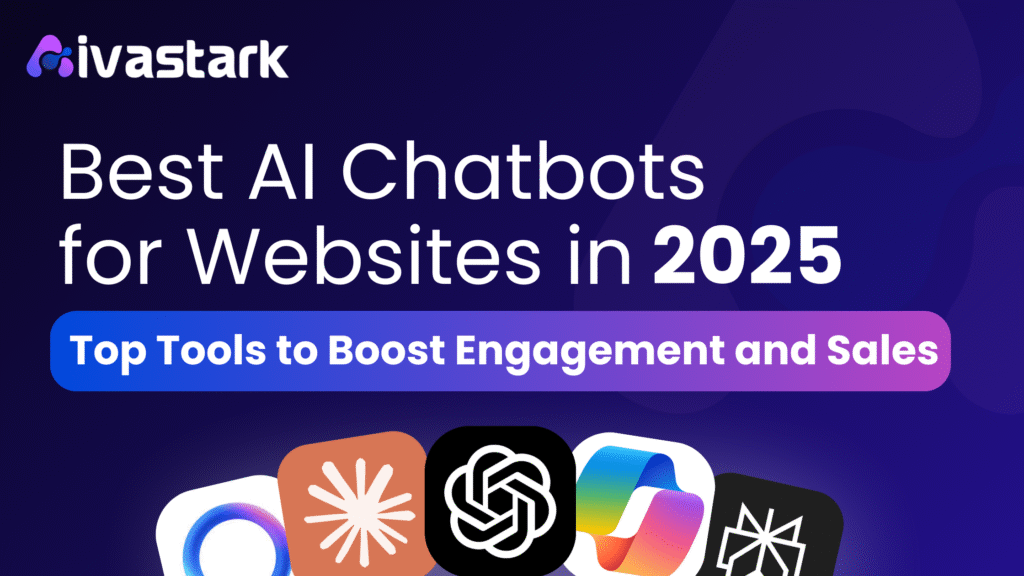In today’s fast-paced digital world, businesses and consumers are increasingly relying on automated solutions to communicate and get tasks done quickly. One such revolutionary tool is the AI chatbot — a powerful application of artificial intelligence that’s transforming the way we interact online. But what exactly is an AI chatbot, and how does it work? Let’s explore the concept in detail.
Understanding the Basics of AI Chatbots
An AI chatbot is a software program powered by artificial intelligence that can simulate human-like conversations. It interacts with users through text or voice-based interfaces, typically embedded in websites, apps, messaging platforms, or smart devices.
How AI Chatbots Differ from Traditional Chatbots
Unlike traditional rule-based bots that follow pre-defined scripts, AI chatbots use natural language processing (NLP), machine learning (ML), and sometimes deep learning algorithms to understand user inputs and respond intelligently. This means they can:
- Understand the context of a conversation.
- Learn from previous interactions.
- Handle complex queries.
- Offer personalized responses.
Key Technologies Behind AI Chatbots
AI chatbots operate using several advanced technologies that work together seamlessly to mimic human conversation.
Natural Language Processing (NLP)
NLP allows the chatbot to interpret, understand, and respond to human language. It enables the bot to break down sentences, identify intent, and extract relevant keywords to provide appropriate responses.
Machine Learning
Through machine learning, AI chatbots can improve over time. By analyzing past conversations and feedback, they refine their responses and learn new ways to handle similar queries more effectively in the future.
Automatic Speech Recognition (ASR)
Some chatbots offer voice interaction. ASR converts spoken words into text, allowing the bot to interpret the message before responding in voice or text.
Where Are AI Chatbots Used?
AI chatbots are no longer limited to customer service. Their ability to handle tasks efficiently has made them popular across various sectors.
E-commerce and Retail
Online stores use chatbots to help customers find products, track orders, and resolve common issues — all without human intervention.
Healthcare
In healthcare, AI chatbots can assist with appointment booking, symptom checking, and even mental health support through conversational therapy.
Banking and Finance
Banks use them to help users check balances, report lost cards, or understand investment options. They enhance customer experience by reducing wait times.
Education
Educational institutions implement AI bots to guide students, answer FAQs, and provide learning support through interactive conversations.
Benefits of Using AI Chatbots
Integrating an AI chatbot into your business or platform offers several compelling advantages.
24/7 Customer Support
One of the biggest benefits is round-the-clock availability. Chatbots never sleep, ensuring users can always get help, regardless of the time zone.
Cost Efficiency
Hiring and training customer service staff is expensive. AI chatbots reduce this cost by automating repetitive queries, allowing human agents to focus on complex issues.
Improved User Experience
Chatbots offer instant responses and consistent communication. This reduces friction in user journeys and leads to higher satisfaction rates.
Scalability
Whether you’re serving 10 or 10,000 users simultaneously, an AI chatbot can handle the load with ease, ensuring a seamless experience for everyone.
Challenges and Limitations
Despite their many advantages, AI chatbots aren’t without flaws. Understanding their limitations is key to using them effectively.
Understanding Complex Queries
While AI has come a long way, some chatbots still struggle with ambiguity, sarcasm, or highly technical language.
Emotional Intelligence
AI chatbots can simulate empathy to a degree but still lack true human emotional intelligence. This can be a drawback in sensitive situations.
Data Privacy Concerns
Since bots collect user data to function, privacy and security are valid concerns. Organizations must ensure proper data protection and transparency.
How to Choose the Right AI Chatbot for Your Website
Choosing the right chatbot depends on your business needs, target audience, and the complexity of the tasks you want to automate.
Define Your Goals
Start by identifying what you want the chatbot to do. Do you need it for sales, support, lead generation, or something else?
Consider Platform Compatibility
Ensure the chatbot integrates easily with your website, CRM, or any third-party tools you use.
Look for Customization Options
A good chatbot should allow custom branding, workflows, and training to align with your brand voice and customer expectations.
Test Before Full Deployment
Before launching, test the bot thoroughly to understand how it handles different user inputs and edge cases.
The Future of AI Chatbots
AI chatbots will continue to evolve, driven by advances in generative AI, emotional intelligence modeling, and voice synthesis. In the near future, bots may not only understand emotions but also adapt their tone and language accordingly — making them more relatable and useful.
Integration with IoT and Smart Devices
Chatbots will soon be able to interact with smart home systems, wearable tech, and even vehicles, allowing users to manage their lives more efficiently.
Multilingual and Cross-Platform Abilities
Expect chatbots to become multilingual by default, bridging communication gaps and offering a truly global support experience.
Final Thoughts
AI chatbots have already proven their worth in making communication faster, smarter, and more efficient. Whether you’re running a small business or a large enterprise, adopting a smart chatbot can improve your customer experience, reduce costs, and streamline operations. As technology continues to advance, AI chatbots will become even more capable, blurring the line between human and machine interaction.





